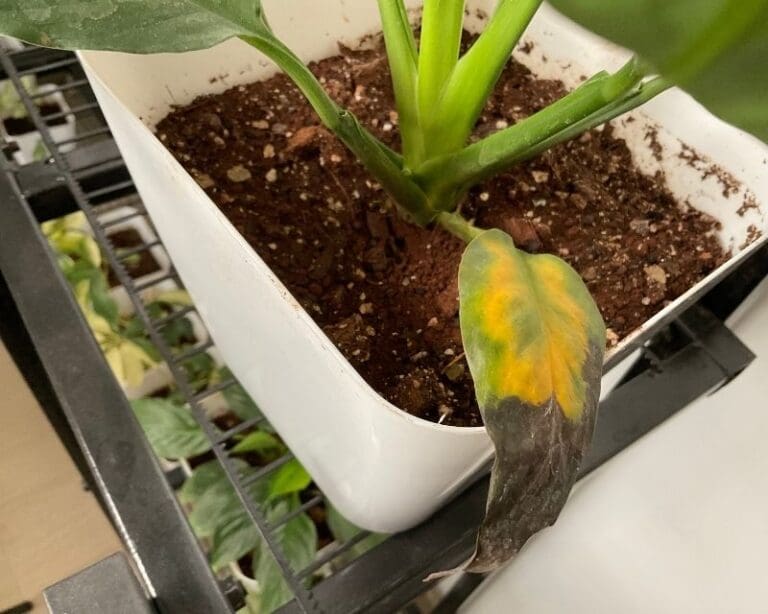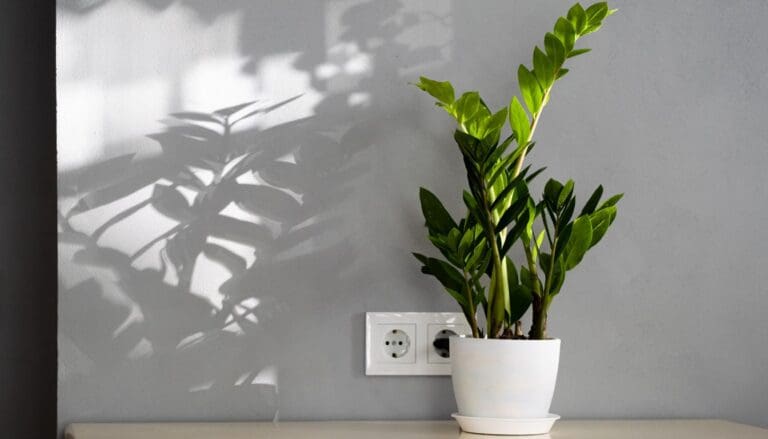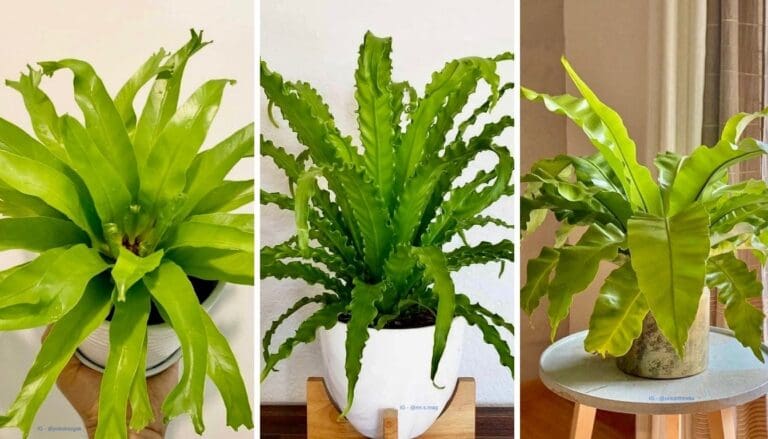4 Repotting Mistakes to Avoid in Fall for Healthier Plants
Repotting my plants in the fall really can help them grow stronger.
It’s a great time to refresh their soil and give them a little more space, but I have to pay attention to how I do it.
Avoiding common repotting mistakes keeps my plants from getting stressed or damaged.
If I know what to watch for, my indoor garden stands a much better chance through the cooler months.
Please note: Simplify Plants is reader-supported. As an Amazon Associate, I earn from qualifying purchases made by our readers with no extra cost added to you all! Some links in the post are affiliate links and I get a commission from purchases made through links in the post.
1) Overwatering new transplants
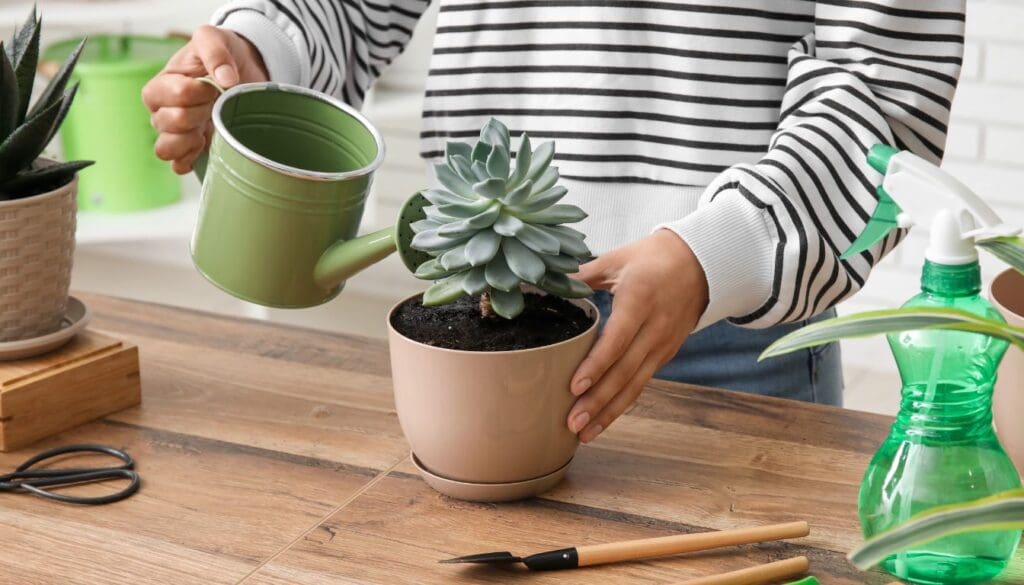
When I repot in the fall, overwatering is always on my mind. New transplants have smaller root systems, so they just don’t need as much water as older plants.
Too much water can cause root rot. The roots need a little time to recover from being moved, and soggy soil just makes it harder for them to bounce back.
After repotting, I check the soil before reaching for the watering can. I usually stick my finger an inch down—if it’s still moist, I skip watering for a day or two.
Cooler weather in fall means the soil doesn’t dry out as quickly. My summer watering habits? Yeah, those don’t work now.
If the pot feels heavy and the soil is damp, I wait. Letting the top inch dry out between waterings is a rule I try to follow.
Sometimes I spot yellow leaves or catch a weird smell when I’ve gone overboard with water. Those are my warning signs.
If that happens, I move the plant somewhere brighter and let the soil dry a bit. Taking it slow with water helps my plants settle in without extra stress.
I have to remind myself: roots need both air and water, not just one or the other. Overwatering throws off that balance.
When I support new transplants with just enough moisture, they really do have a better shot at thriving. It’s always easier to add water later than to fix an overwatered plant.
2) Using large pots too early

I’ve learned that choosing a pot that’s too big too soon can cause problems for my plants.
When I drop a young plant into a huge pot, the roots can’t fill all that space. The soil sticks around wet for way too long, and that’s a recipe for root rot.
Plants need a pot that matches their current size, not the size I hope they’ll be someday. If I go too big, the roots might miss out on oxygen. Extra soil can break down faster, and sometimes it even attracts pests or mold.
Instead, I pick a pot that’s just 1-2 inches wider than the old one. That way, my plant can grow strong without drowning its roots.
I get why it’s tempting to use a big pot and avoid repotting again soon, but honestly, it’s better to size up slowly. My plants are healthier, and I have fewer watering headaches.
Smaller pots help the soil dry evenly and make it easier for roots to take up what they need. My plants always seem sturdier when their roots fill out the pot before moving up a size.
Every time I repot, I check how much the roots have grown. If they aren’t circling the edge yet, I hold off on a bigger pot.
By avoiding oversized pots, my plants stay happier through the fall. It’s a simple habit, but it really makes a difference.
3) Ignoring soil drainage needs

I always check if my pots let extra water drain out. Good drainage is honestly a must because most plants just hate soggy roots.
If I use soil that holds too much water, root rot can sneak up on me. Roots stay wet for too long and start to break down. This is easy to avoid if I use the right type of soil and a pot with holes.
I go for pots with drainage holes at the bottom, so water doesn’t collect. When I repot, I make sure the new soil is loose and crumbly, not packed tight.
Sometimes I’ll toss a few small rocks or broken pot pieces at the bottom to help with drainage. It’s a simple step that can save a lot of hassle later.
If the plant needs more moisture, like ferns, I’ll use a peat-based mix that still drains well. For succulents or cacti, I pick a sandy mix so it dries out fast.
When I water after repotting, I watch to see if water runs out the bottom. If not, I fix the soil or check the drainage holes. Getting this right from the start is just so important.
Good drainage really helps my plants grow strong and healthy. I never skip this step, and honestly, my plants thank me for it.
4) Repotting too late in the season
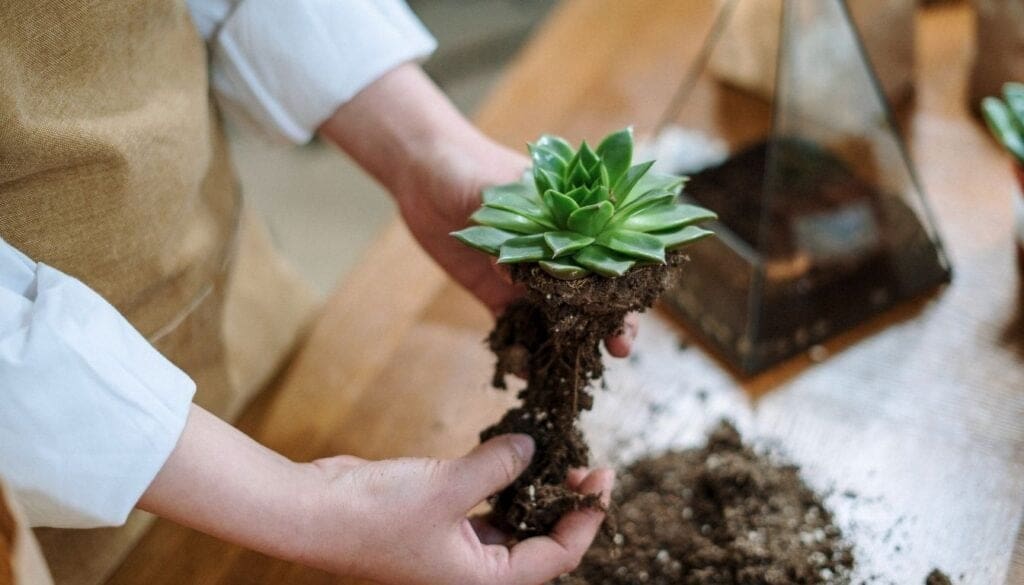
I always try to repot my plants before it gets too cold. Waiting too long means the roots might not settle in before winter hits.
When fall is nearly over, most plants slow down their growth. Roots need a little time in warmer soil so they can get used to their new pot.
Cold soil can shock them or just stop root growth altogether. I’ve noticed that repotting too late sometimes leaves my plants looking stressed, and they may not perk up until spring.
If I repot when it’s already chilly, I risk damaging the roots. This can make my plants more likely to get sick or even die. Repotting early in the fall gives my plants the best chance to adjust before winter.
I try to keep an eye on the weather and pick a mild day. That way, my plants get a little extra warmth and time to settle in.
It’s easy to think there’s plenty of time left in fall, but the season can turn fast. I try to plan ahead so I’m not stuck repotting in the cold. That’s helped keep my plants healthy for the next growing season.
Why Fall Repotting Mistakes Happen
I’ll admit, I sometimes mess up when repotting in the fall—usually because of myths or just not paying attention to the weather. Not knowing what my plant really needs can slow its growth or even damage the roots.
Common Misconceptions About Seasonal Repotting
One big mistake I see (and have made myself) is thinking fall is just like spring for plants.
Lots of people, me included at first, thought repotting helped every plant as soon as the weather cooled.
But actually, plants slow down in the fall, so repotting can stress them out.
I used to think more soil was always better.
Turns out, roots might actually struggle if there’s too much fresh soil, especially if they can’t use the new nutrients before winter.
Some people also think all houseplants need bigger pots right away, but that’s just not true. Different species react differently.
Impact of Temperature Changes on Plant Roots

The temperature drop in fall really changes how roots behave.
If I repot when it’s getting cold, roots might not grow fast enough to fill new soil. Cold, wet potting mix can stay soggy, which is just asking for root rot.
Sudden temperature swings stress roots, too. Taking a plant from warm indoors to a chilly spot can make it lose moisture fast or just go into shock.
Timing is everything, and sometimes plants just can’t recover before going dormant.
How temperature changes affect repotting:
- Roots slow down as days get shorter and colder
- Wet soil takes longer to dry, so rot risk goes up
- Plants use less water, which makes overwatering easier
Now, I always check the weather and my plant’s needs before repotting in the fall.
How to Recover From Fall Repotting Mistakes
If my plant starts struggling after a fall repot, there are some clear warning signs I look out for. I’ve got a few steps I follow to help my plant bounce back.
Signs Your Plant Is Struggling
I keep a close eye on my plants after changing pots. Some common signs my plant needs help are:
- Wilting or limp leaves
- Leaves turning yellow or brown
- Dropping leaves or stems
- Soil staying too wet or too dry
- Roots poking out from the bottom
If I notice any of these, I check the roots and soil right away. Sometimes, the plant just gets shocked and stops growing. That’s usually a sign my plant is stressed from repotting—especially in cool fall weather.
Steps to Support Plant Recovery
To help my plant recover, I stick to a few basics:
1. Check the roots. If they look mushy or black, I trim off the dead parts with clean scissors.
2. Change the soil if it’s too wet or compacted. I use fresh, loose mix so the roots can breathe.
3. Water only when the top inch of soil feels dry. Overwatering is a big no, especially after repotting.
4. Move my plant to a spot with gentle, bright light. I keep it away from drafts or heaters.
I hold off on fertilizer for at least a month. Patience is key—recovery can take weeks, but careful attention really helps.
Frequently Asked Questions
Repotting always brings up questions, especially about water, pot size, and helping plants recover. I try to keep things as simple as possible so my plants stay happy.
How long should you wait to water a plant once it’s been repotted?
I usually wait about 24 to 48 hours before watering a newly repotted plant. That gives the roots a chance to heal and helps prevent rot.
What are the signs of transplant shock in plants and how can I aid recovery?
Transplant shock usually shows up as wilting, yellow leaves, or slowed growth. I help my plant recover by keeping it out of direct sun, watering lightly, and holding off on fertilizer for a week or two.
After repotting, is it possible to repot again within a short period, and is it safe?
It’s better not to repot again too soon. I wait at least a few months so my plant can settle in. Frequent repotting can stress your plant and slow new growth.
What’s the best way to repot a plant without causing it harm?
I gently loosen the old soil and try not to yank on the stems. I always use a pot with good drainage holes and fresh, well-draining soil.
Why is my plant drooping after being repotted and how can I fix it?
Drooping usually means the roots are adjusting or got disturbed. I keep the plant in the shade, water carefully, and wait a week before adding fertilizer. Most plants perk up after a few days.
What are the ideal pot sizes when upsizing during repotting?
I usually go for a new pot that’s just 1-2 inches wider than the previous one. If the pot’s too big, honestly, it’s way too easy to overwater and roots might not grow as well.
Recommended Garden Supplies
| Product Image | Our Recommended Gardening Supplies | Check Offers! |
|---|---|---|
Top Top
Top
Top
Top
Top
Top
Top
Top | rePotme Houseplant and Tropical Classic Potting Soil Mix | Check Offer On Amazon |
 Top
Top
Top
Top
Top
Top
Top
Top | Espoma Organic Indoor Plant Food | Check Offer On Amazon |
 Top
Top
Top
Top
Top
Top
Top
Top | GooingTop LED Grow Light 6000K Full Spectrum Clip Plant Growing Lamp | Check Offer On Amazon |
 Top
Top
Top
Top
Top
Top
Top
Top | Soil Moisture Meter | Check Offer On Amazon |
 Top
Top
Top
Top
Top
Top
Top
Top | Govee Hygrometer Thermometer, Bluetooth Enabled! | Check Offer On Amazon |
 Top
Top | LEVOIT Humidifiers for Large Room(Best For Plants) | Check Offer On Amazon |
 Top
Top
Top
Top
Top
Top
Top
Top | Upgraded DIY Automatic Drip Irrigation Kit, 15 Potted Houseplants Support | Check Offer On Amazon |
 Top
Top
Top
Top
Top
Top
Top
Top | Stainless Steel Heavy Duty Gardening Tool Set | Check Offer On Amazon |
 Top
Top
Top
Top
Top
Top
Top
Top | Bonide Insecticidal Soap | Check Offer On Amazon |
 Top
Top
Top
Top
Top
Top
Top
Top | Bonide 32 oz Spray Neem Oil for Organic Gardening | Check Offer On Amazon |
 Top
Top
Top
Top
Top
Top
Top
Top | Garden Safe Fungicide | Check Offer On Amazon |
Note: Some images in the articles are sourced from Reddit and Other Platforms For Reference Purpose.


